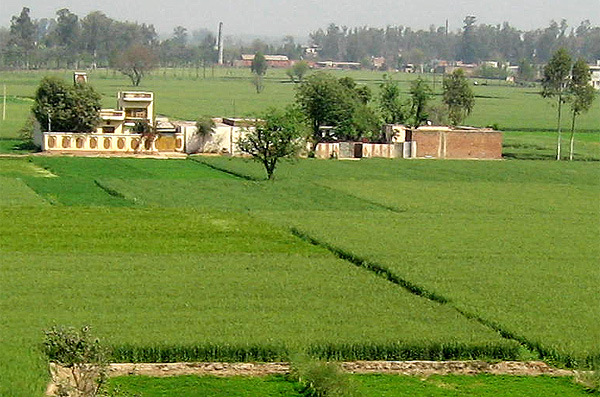The rural landscape of Punjab, often referred to as the “Granary of India,” is a tapestry of lush fields, vibrant culture, and enduring traditions. Nestled between the Sutlej and Beas rivers, rural Punjab is a harmonious blend of agriculture, community life, and cultural richness. Here, the agricultural heart of the nation beats, and the warmth of its people and traditions thrives.
Agriculture and Fields: Agriculture is the backbone of Punjab’s rural life. Vast stretches of fertile land are meticulously cultivated to produce crops like wheat, rice, cotton, and sugarcane. The rhythmic cycle of sowing, tending, and harvesting defines the lives of many Punjabi families.
Festivals and Celebrations: Rural Punjab is a kaleidoscope of festivals and celebrations. The energetic and exuberant Baisakhi, the harvest festival, is celebrated with fervor and joy, marked by traditional dances like Bhangra and Giddha.
Traditional Homes: Traditional Punjabi homes, often adorned with vibrant colors and intricate designs, radiate a sense of warmth and hospitality. These homes reflect the cultural heritage and close-knit family values that define rural life.
Community Bonding: The concept of “Pind” or village is central to Punjabi rural life. Villages are close-knit communities where people support and celebrate each other’s joys and sorrows. Common spaces like the village chaupal (central gathering area) foster social interactions.
Folk Music and Dance: Folk music and dance are integral to rural Punjab’s identity. Bhangra, with its energetic moves and pulsating rhythms, and Giddha, a graceful and lively dance performed by women, reflect the exuberance of the region’s culture.
Traditional Attire: The traditional attire of rural Punjab is colorful and distinct. Men often wear the iconic turban, while women don vibrant salwar-kameez outfits with intricately designed dupattas.
Cuisine and Hospitality: Punjab is synonymous with its rich cuisine. Rural households are known for their hearty meals, often prepared using locally grown ingredients. The warmth of Punjabi hospitality is evident in the generous servings and shared meals.
Village Fairs and Melas: Village fairs and melas are an integral part of rural life. These events bring together communities for shopping, entertainment, and cultural performances. They provide a platform for artisans to showcase their craftsmanship.
Rural Entrepreneurship: Rural Punjab is also witnessing a surge in entrepreneurship. From agro-based industries to handicrafts, rural individuals are exploring avenues beyond farming to diversify their livelihoods.
Gurudwaras and Faith: Gurudwaras, Sikh places of worship, hold immense significance in rural Punjab. These centers not only offer spiritual solace but also play a vital role in community service through langar (community meal) and social initiatives.
Conclusion: Punjab’s rural life is a testament to the harmonious coexistence of tradition and modernity. Amidst the green fields and vibrant culture, the spirit of community, togetherness, and hard work prevails. A visit to rural Punjab provides a unique opportunity to witness the essence of an agrarian society where traditions are preserved, celebrations are shared, and the land continues to sustain the livelihoods and dreams of its people

